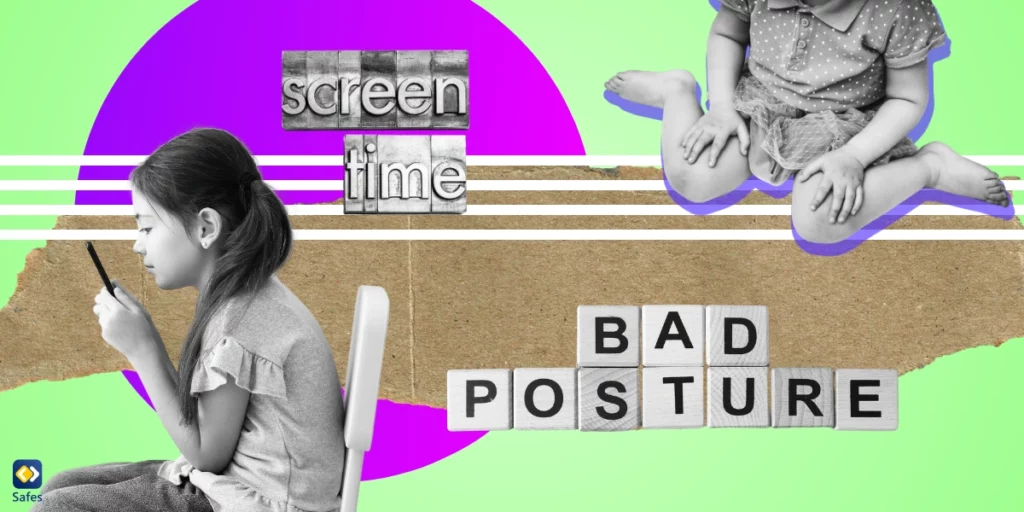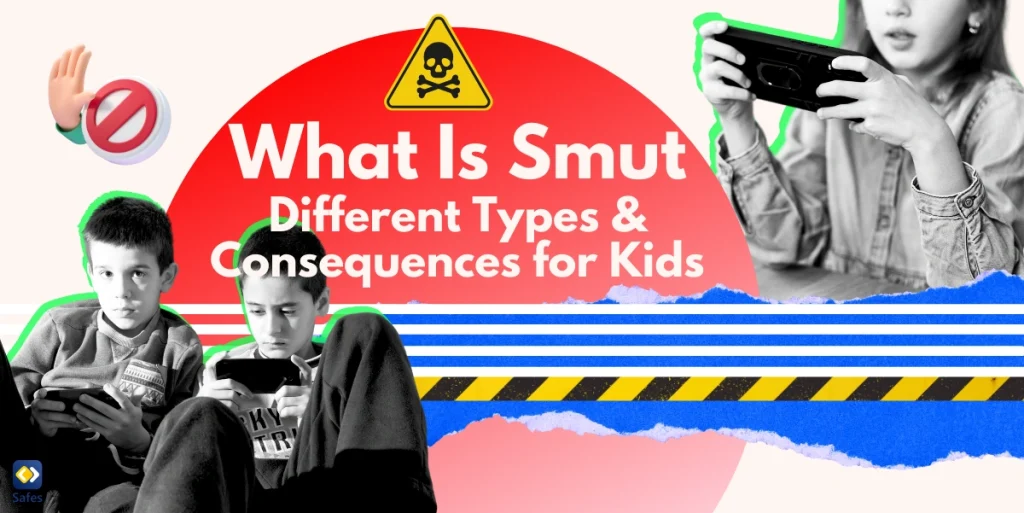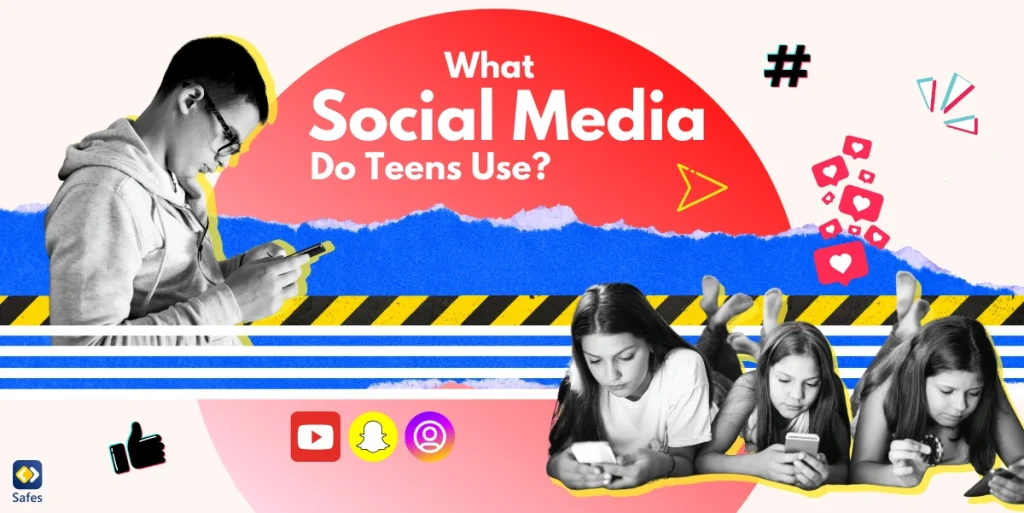Understanding and accommodating various learning styles is essential for fostering an inclusive and productive learning environment in today’s diverse classrooms. This blog post explores the concept of the four learning styles and emphasizes the importance of blending them to achieve a dynamic classroom experience that engages all students. If educators know how many learning styles there are, they can create a balanced learning environment that supports the unique needs of each student.
Download and Start Your Free Trial of the Safes Parental Control App
Understanding the 4 Learning Styles
To lay the foundation for creating a balanced classroom, here are the types of learning styles you need to know about; visual, auditory, kinesthetic, and reading/writing. Each style represents a unique way in which individuals perceive, process, and retain information. All these styles go hand in hand with multiple intelligences in the classroom and can help optimize them. So, what are the different learning styles in detail?
Visual Learners
When given visual aids and images, information is better understood and retained by visual learners. Visual representations like diagrams, charts, graphs, and videos are strongly preferred by them. For these students to effectively understand concepts, information presented in a visual format is beneficial. For instance, a visual learner studying geography might find it simpler to comprehend how landforms form by looking at a labeled topographic map rather than reading a description in a textbook.
Auditory Learners
The best way for auditory learners to learn is by listening to and hearing information. Through verbal communication, they have a keen ability to take in and remember information. Discussions, lectures, audiobooks, and podcasts are frequently helpful to these students. If an auditory learner is studying a historical event, for instance, listening to an interesting lecture or taking part in a discussion about the subject may help them remember the specifics.
Kinesthetic Learners
Tactile learners, also referred to as kinesthetic learners, favor a hands-on learning style. When they move and participate in physical activities, they comprehend information better and remember it longer. These students do best when given the opportunity to manipulate objects, conduct experiments, or engage in interactive activities. For instance, a kinesthetic learner who is studying the solar system might find it helpful to construct a model of the planets and move them around physically to comprehend their positions and orbits.
Reading/Writing Learners
Learning to read and write students prefer to process information through written text. When they read and write about a subject, they learn the most. These students are excellent at deciphering written material, taking notes, and providing their own summaries of information. To better understand a scientific concept, for instance, a reading/writing learner might prefer to read a thorough textbook, take thorough notes, and write a well-organized summary.

Blending Learning Styles for a Balanced Classroom Experience
The secret to building a dynamic classroom is incorporating different teaching methods and resources that accommodate various learning styles. This is how you can get high schoolers, school kids, and kindergarteners to listen in the classroom. Teaching professionals can create lesson plans that combine visual, auditory, kinesthetic, reading/writing, and other elements by considering the diverse learning preferences of their students. This encourages active participation and in-depth comprehension by enabling students to interact with the material in ways that fit their particular learning preferences. Using technology tools for the classroom can help blend the four learning styles more easily.
Teachers can use visual aids like PowerPoint presentations, infographics, and videos to improve instruction by integrating visual elements. Visual learners benefit from information presented in a visual format because it makes concepts easier for them to understand and remember. The use of graphic organizers, charts, and diagrams in lessons also gives visual learners useful organizational tools for comprehending complex information.
Engaging auditory learners requires incorporating auditory components into instruction. To convey information, educators can use strategies like lectures, class discussions, and audiobooks. Giving students the chance to listen to and discuss the material aids in the processing of information by auditory learners through verbal communication and auditory cues. Additionally, including audio-only multimedia resources can improve students’ learning outcomes. Examples include podcasts and recorded lectures.
Hands-on and interactive activities are essential for kinesthetic learners. Experiments, simulations, role-playing, and group activities that promote movement and physical engagement can all be incorporated by educators. This promotes deeper comprehension and memory by enabling kinesthetic learners to actively explore ideas and apply knowledge in a concrete way.
Teachers should offer plenty of opportunities for reading and writing exercises to meet the needs of students who are learning to read and write. Reading assignments, note-taking suggestions, and the use of written assignments all encourage students to use written language as a tool for comprehension and expression. The learning experience for reading and writing students can also be improved by allowing students to summarize information in their own words, write reflections, or participate in written discussions.
Benefits of Blending Learning Styles
Numerous advantages accrue to both students and teachers when different learning modalities are combined in the classroom. Teachers can encourage greater student engagement and participation by involving students in their preferred learning methods. Active participation in the learning process increases students’ commitment to learning, which enhances their comprehension and memory of the material.
Teachers foster a supportive and inclusive classroom environment that values the particular strengths and contributions of each student by accommodating a variety of learning styles. As a result, students feel more a part of the class and are more motivated to participate in group projects and discussions.

Conclusion
In conclusion, combining various learning modalities is a successful method for creating a dynamic and diverse classroom. By acknowledging and adjusting to different learning preferences, teachers can better engage students, leading to better learning outcomes and a positive learning environment. Implementing strategies that combine visual, auditory, kinesthetic, reading/writing, and other elements results in a balanced learning environment that meets the unique needs of each student.
Your Child’s Online Safety Starts Here
Every parent today needs a solution to manage screen time and keep their child safe online.
Without the right tools, digital risks and excessive screen time can impact children's well-being. Safes helps parents set healthy boundaries, monitor activity, and protect kids from online dangers—all with an easy-to-use app.
Take control of your child’s digital world. Learn more about Safes or download the app to start your free trial today!




